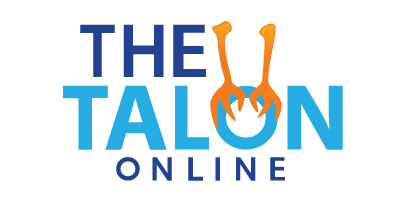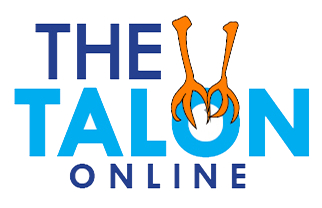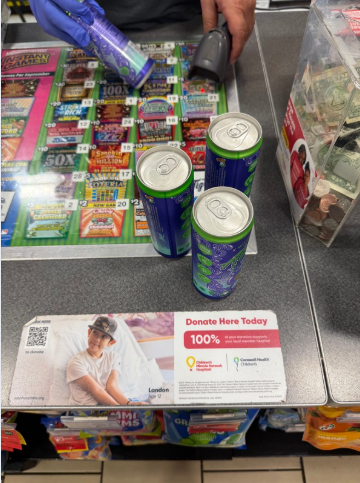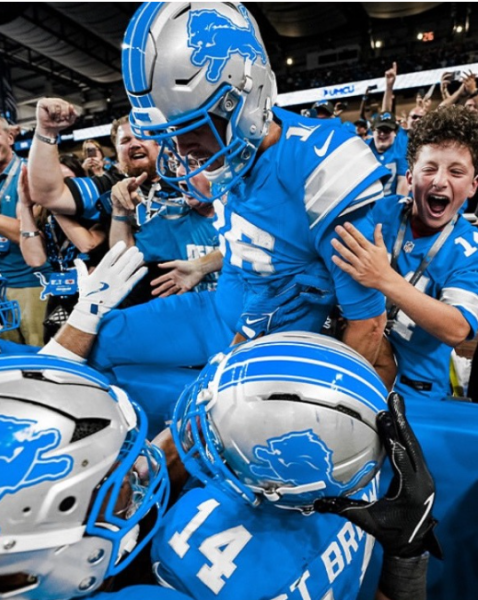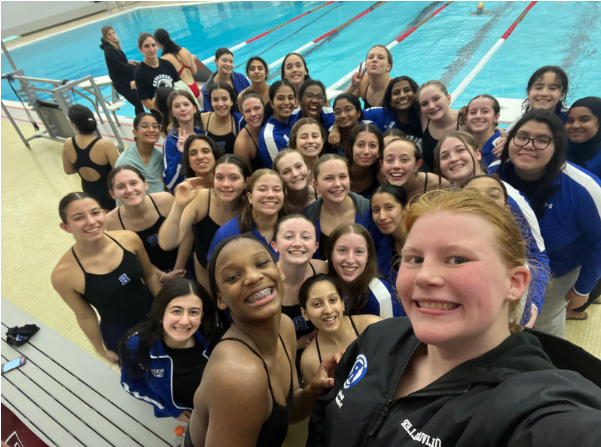APUSH Civil War-Brief
December 17, 2015
Advanced Placement U.S. History teacher Mr. Chad Zwolinski created an engaging way for his students to learn about the Civil War: clothespins.
“Basically we divided our classes into the North and South and we divided the school into northern and southern territories as well,” Mr. Zwolinski said. “Each team is given a series of rations (clothespins) and their goal is to hold on to as many rations as possible while taking them from the other team. In order to do this, they have to ask each other questions and if they get them right they can take a ration, and if they get them wrong they lose a ration. So this is as close to actual war simulation as we can get without actually hurting anyone.”
People in other grades watched curiously throughout the week as students had to wear these rations on a necklace and ask each other questions. The winners of this simulation would be able to take their next test with a partner as opposed to working alone. In addition to this, they would also get food and gain bragging rights.
Mr. Zwolinski was pleased with the participation and intensity of the competition.
“This group of APUSH kids was able to do better than my wildest dreams to take it on,” Mr. Zwolinski said. “I was fearful that it would go the opposite way, and that kids wouldn’t get as involved and the teachers would see it as a distraction. However, they really respected their classes, respected the game and tried really hard. I hope it made a difference in how they do in the class.”
Teachers and former APUSH students were even becoming interested in this simulation.
“Teachers were asking about it,” Mr .Zwolinski said. “I had constant emails from teachers asking for more and more rations to give out to the kids. I think what helped make it a success was hearing all my old students upset that they didn’t get to do it in their year. It proved they really thought it was a cool idea.”
Mr. Zwolinski developed the idea with friends of his who teach APUSH in other states.
“The three or four of us molded it to make it work more appropriately for a school setting,” Mr. Zwolinski said. “Originally, it was just a giant free for all in class, like a debate, but instead we decided to extend it throughout the school. I had been thinking about doing it for a couple years, and this year I truly believed this group of kids would be able to pull it off. I decided to try it this year and it worked out better than I could ever have imagined.”
